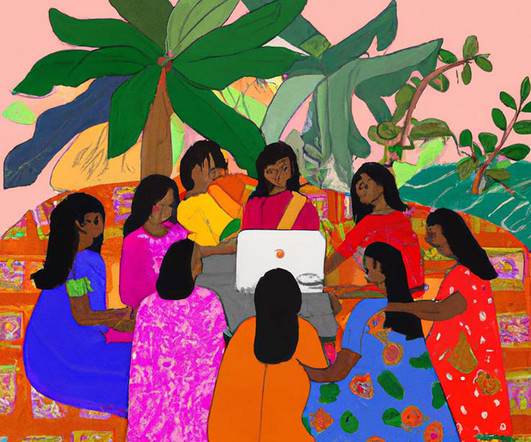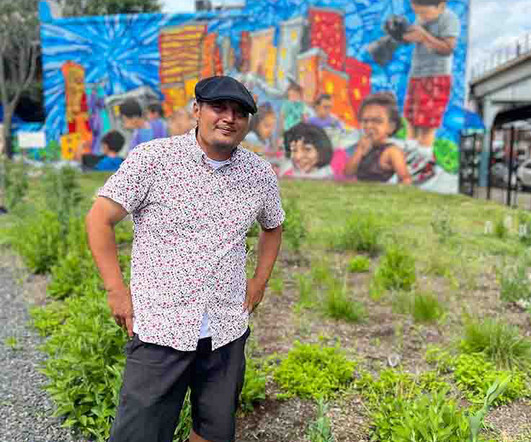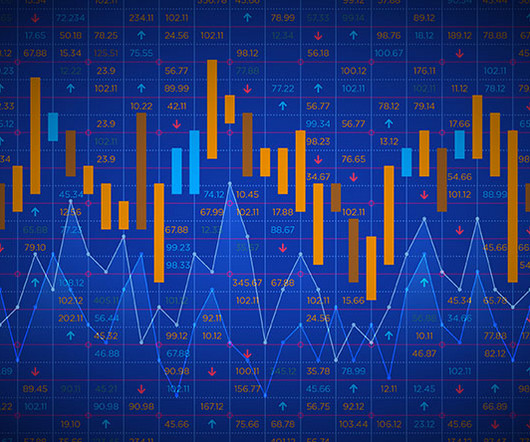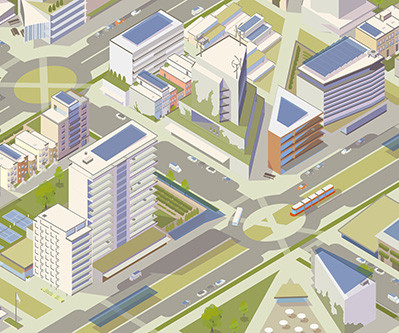How Policy Is Building a Social Economy in South Korea
NonProfit Quarterly
MARCH 29, 2023
Facing this crisis, new social economy movements emerged in Korea, not only as an immediate response to the neoliberal economic crisis, but also as a visionary long-term alternative for building a different kind of economy. 2 Self-sufficiency enterprises predated the crisis. percent in October 1997 to 7.6 percent by July 1998.

















Let's personalize your content